In this review we discover Fujifilm X-T5 new top of the range of the X series, which winks at high resolution thanks to the new 40.2 Mpx sensor
After having tested the X-T4 at the time, let’s now discover the new one Fujifilm X-T5 which takes up its philosophy by refining it further by also taking advantage of the new 40.2 Mega Pixel sensor: a record on Aps-C!
Technical characteristics | Fujifilm X-T5 review
The Fujifilm X-T5 is a mirrorless camera with sensore APS-C (1.5x) da 40.2 megapixels produced since 2022. Sensitivity range, including range, is 80 – 51200 ISO and can burst shooting at 15 FPS x 39 RAW, 119 JPEG. The detailed specifications are as follows:
- Format sensor: APS-C
- Resolution: 40.2 Mpx
- ISO sensitivity: 80-51200 (including extension)
- File formats: RAW, JPG
- Shooting times: 15′- 1/180000
- Exposure Compensation: +/- 5 stops
- Exposure Mode: M, S, A, P, Scene
- Metering types: Multi-Area, Semi-Spot, Spot
- Mount: Fujifilm X
- Stabilization: Yes
- Autofocus (n. aree AF): Intelligent Hybrid AF
- Live View: Si
- Dustproof: Yes
- Video mode: 6.2k @ 30fps + 4k 60p mod
- Wi-Fi: Yes
- GPS: No
- USB: Si – Type-C
- Touchscreen: Si
- Display: 3.0″, 900 x 600 pixels, articolato
- Viewfinder: Electronic, 100% coverage, 0.80x, 1280 x 960 px
- Built-in Flash: No
- Memory: SD, SDHC, SDXC (UHS-II) (dual Slot)
- Shutter: Mechanical and Electronic
- Batteria: Li-Ion. Fujifilm NP-W235
- film simulation
Machine body | Fujifilm X-T5 review
Let’s start this Fujifilm X-T5 review by telling you that the feeling with the car is excellent right from the start. The sensation is of holding a completely new body and not a “simple” evolution of the X-T4. The buttons are all in the right place, even more comfortable than those of the X-H2s, and very customizable as per Fujifilm tradition. Always present the double slot, tropicalization and obviously the stabilization on the sensor. Totally different, however, the display. No longer articulated but with a “particular” mechanism in the old-fashioned Fujifilm way: reclining in two directions (horizontal and vertical) for maximum photographic usability.
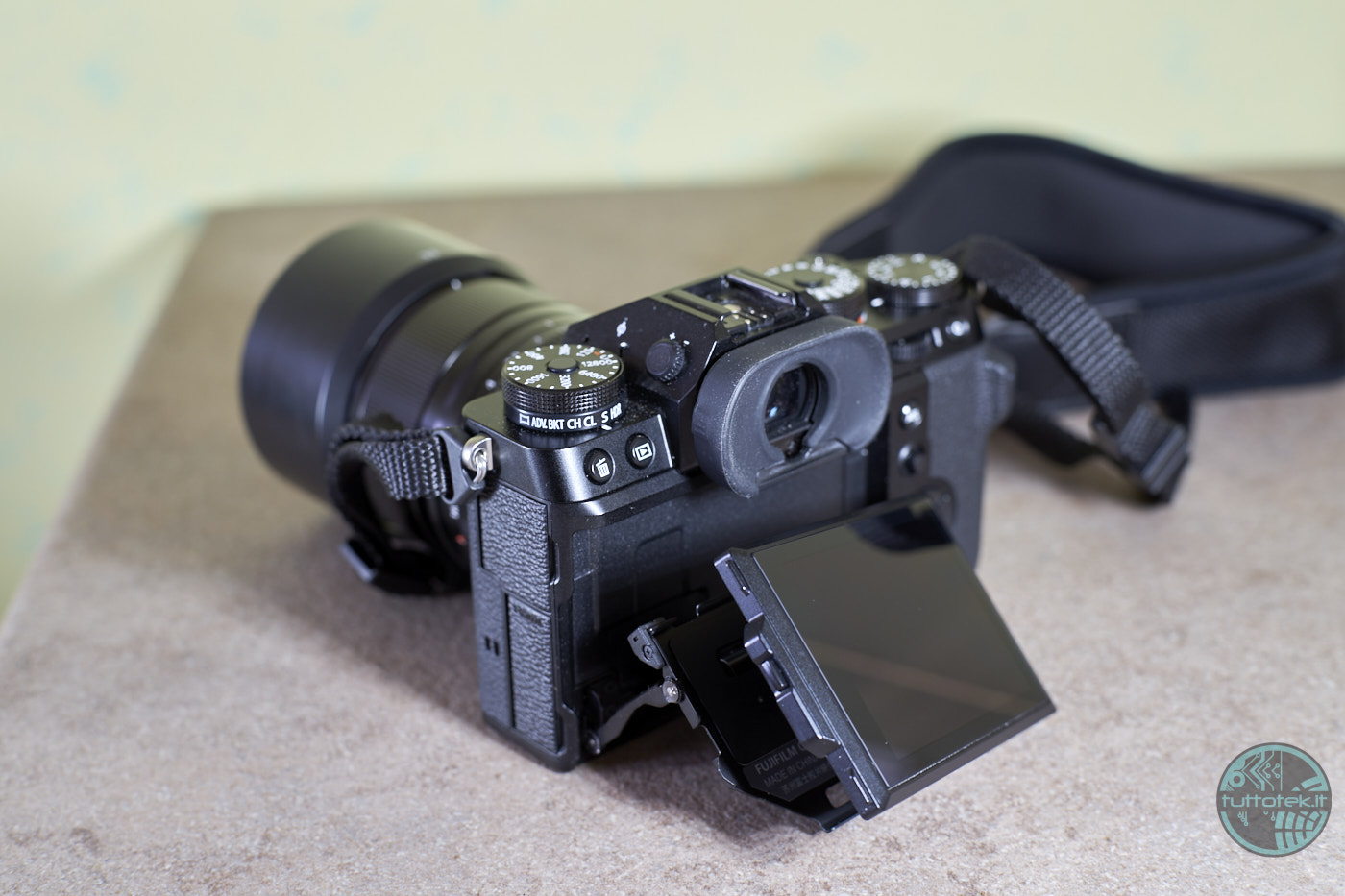
This type of articulation, unlike the joint on the side, makes the screen immediately ready in genres such as street and landscape and also comfortable for vertical shots. We think the choice is also very appropriate to differentiate the X-T5 from X-H2 (with which it shares the sensor) and X-H2s. There is a microphone input but, as on X.T4, absent the headphone one which can be obtained with an adapter from the usb-C port. The doors are excellent, which remain open and do not close by themselves as on other bodies, and the general ergonomics of all the doors present are good.
Well implemented touchscreen as per tradition, with gestures that facilitate the setting of levels, histogram, etc. Obviously, navigation within the photos taken benefits greatly from the touch on the screen, for truly rapid management regardless of the pressure of other keys. As on the T4, even on the Fufjifilm X-T5 there are 5 rings to manage, respectively, ISO, times, exposure compensation, shooting modes and switch from photo/video mode.
Also present are the two front and rear “classic” dials with the possibility of functioning as an extra customizable key. This, combined with the rings on the X-series lenses, guarantees excellent operating speed. It should be noted that the rear, as for the positioning of keys and dials etc, is the best of Fujifilm: better than on the flagships, each key is in its place. Excellent autonomy with Fujifilm NP-W23 batteries5 which confirm their effectiveness. The viewfinder is simply splendid, with the same resolution as the T4, it offers a magnification of 0.80X.
Stabilizer, Focus, Burst and Shutter System | Fujifilm X-T5 review
On X-T5 we find the processor X-Processor 5, which guarantees double performance compared to its predecessor, if this were not enough, this unit has lower consumption and uses an AI for data processing. The stabilization, on X-T5, guarantees up to 7 stop on paper with adequate optics despite the higher resolution of the sensor. The focusing system takes a further step forward compared to the already excellent X-T4, thanks to the new customization possibilities based on the subject. Due to the higher resolution, the gust drops compared to X-T4. But first things first: the stabilizer convinced us, we found it perfectly adequate with respect to the density of the sensor and with truly excellent performance in all conditions.
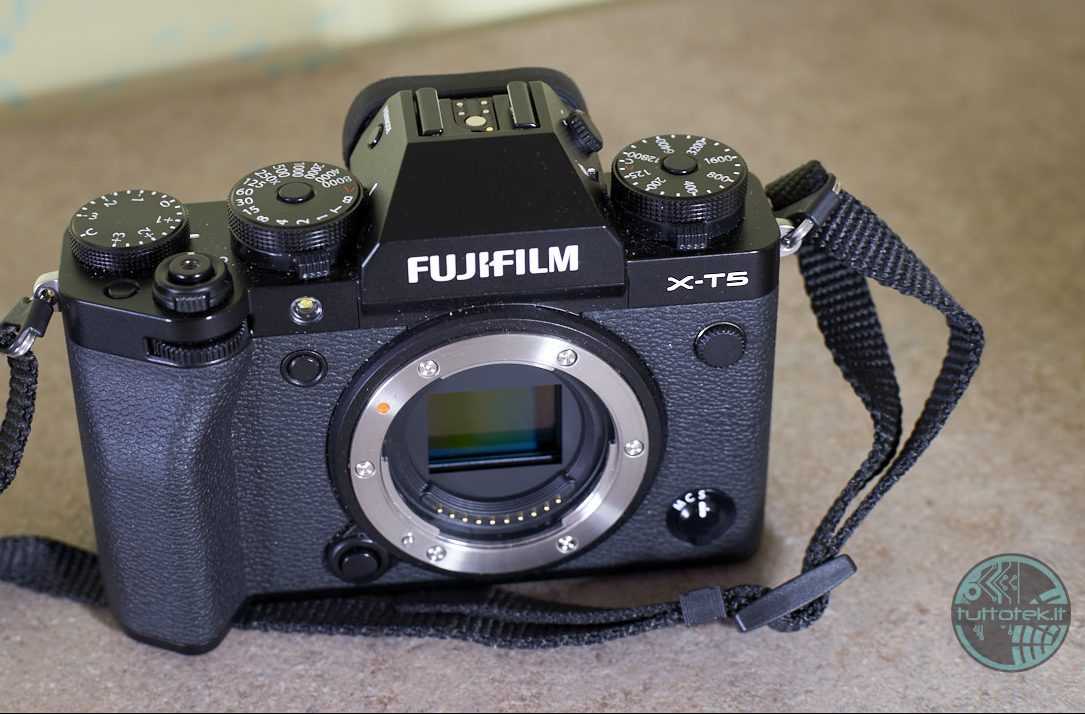
Great strides forward AF side thanks to the new processor which is equipped with the possibility of recognizing the subject and exploits the Deep Learning AI technology. The density of the focus points is excellent but above all the possibility of tracking the subject’s eyes precisely. Of course, it is also possible to select different subjects such as animals, cars, motorcycles, trains, airplanes and birds. This is possible thanks to the greater amount of phase detection pixels thanks to the better resolution. The AF prediction algorithm is the same as the X-H2s. Therefore, in the field, we have never encountered any kind of criticality with any subject. Impressive minimum shutter speed, 1/180000, which allows you to use very bright optics in full light, but above all opens the door to new creative horizons.
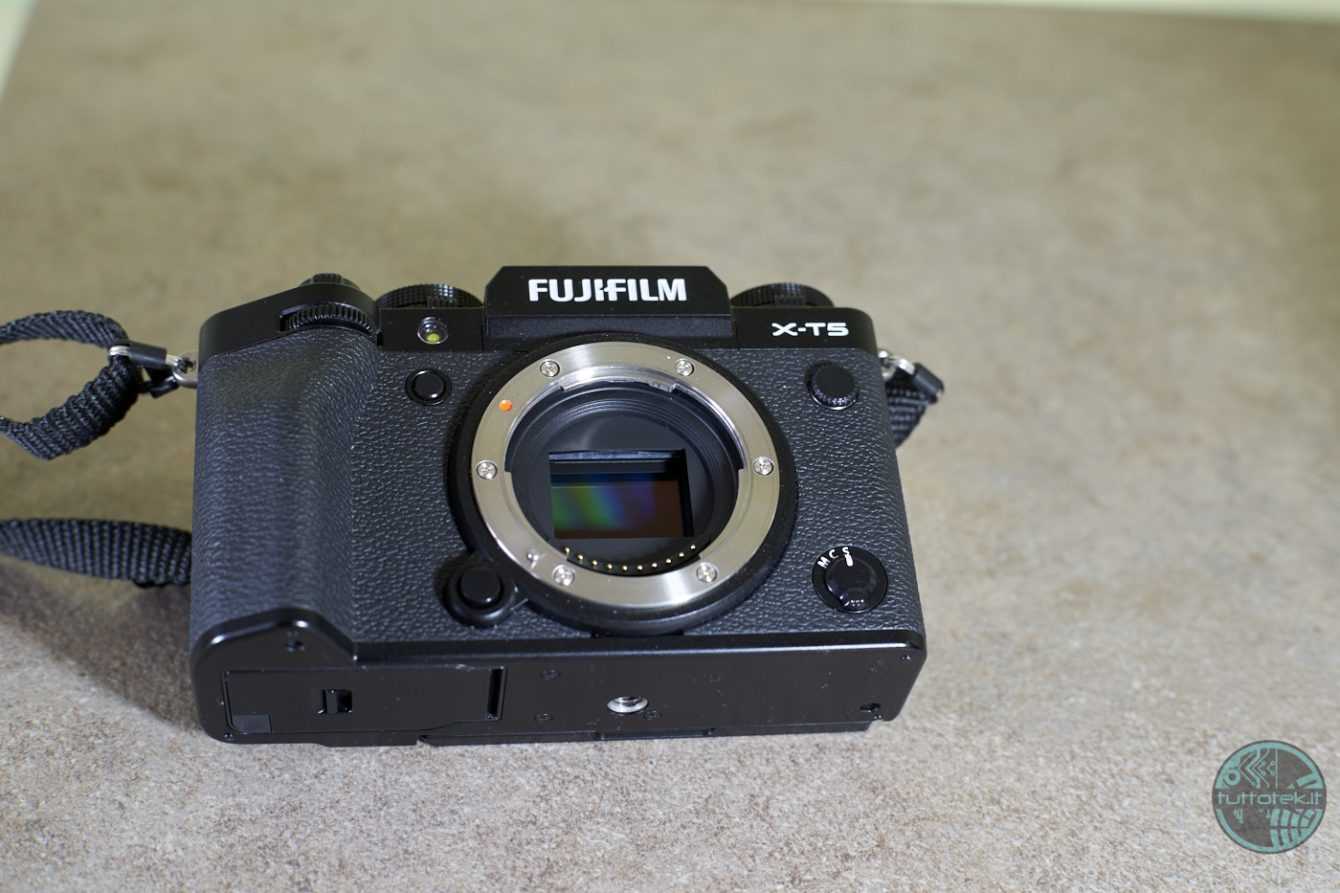
These features, combined with the burst of 15 fps, make the X-T5 a decent action camera. Which isn’t bad given the resolution on offer. From this point of view we lose something compared to the X-T4 (which offered 18 FPS) but we have more in terms of quality on a single frame. We can therefore be satisfied.
Video Features | Fujifilm X-T5 review
Fujifilm X-T5 has a very solid video part. The video specifications of the camera are as follows:
- [6.2K(16:9)] 6240 x 3510 29.97p/25p/24p/23.98p 360Mbps/200Mbps/100Mbps/50Mbps
- [DCI4K HQ(17:9)] 4096 x 2160 29.97p/25p/24p/23.98p 360Mbps/200Mbps/100Mbps/50Mbps
- [4K HQ(16:9)] 3840 x 2160 29.97p/25p/24p/23.98p 360Mbps/200Mbps/100Mbps/50Mbps
- [DCI4K(17:9)] 4096 x 2160 59.94p/50p/29.97p/25p/24p/23.98p 360Mbps/200Mbps/100Mbps/50Mbps
- [4K(16:9)] 3840 x 2160 59.94p/50p/29.97p/25p/24p/23.98p 360Mbps/200Mbps/100Mbps/50Mbps
- [Full HD(17:9)] 2048 x 1080 59.94p/50p/29.97p/25p/24p/23.98p 360Mbps/200Mbps/100Mbps/50Mbps
- [Full HD(16:9)] 1920 x 1080 59.94p/50p/29.97p/25p/24p/23.98p 360Mbps/200Mbps/100Mbps/50Mbps
- [Full HD(17:9) High speed rec.] 2048 x 1080 240p/200p/120p/100p 360Mbps(recording)/200Mbps(recording)
- [Full HD(16:9) High speed rec.] 1920 x 1080 240p/200p/120p/100p 360Mbps(recording)/200Mbps(recording)
We have available, as containers, Apple ProRes 422 HQ, Apple ProRes 422, Apple ProRes 422 LT, HEVC/H.265, MPEG-4 AVC/H.264 internally at 10 bit in 4:2:2, and the possibility of record at 12bit in 4:2:2 via external recorder. Obviously present all the film simulations, F-Log and F-Log2.
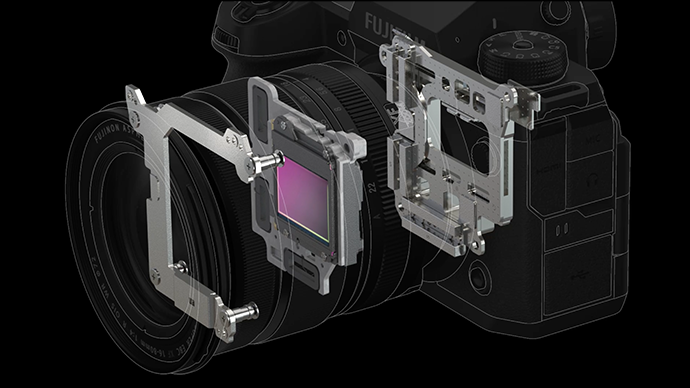
We have all theFujifilm experience on the video side even in a body mainly designed for photos. Where is the limit of the X-T5, we will tell you in a comparison that we got to do with the flagship: X-H2s. You will find the details here as soon as the article is ready.
IQ Analysis and Field Test | Fujifilm X-T5 review
The new 40.2 Mpx aps-C sensor makes its debut on Fujifilm X-T5: an absolute novelty in this format. This sensor, X-Trans CMOS 5 HR, integrates an image processing algorithm that does not compromise the signal-to-noise ratio also thanks to BSI Technology. Thanks to this technology, Fujifilm has managed to offer this resolution without deteriorating the photographic quality: by avoiding letting light pass through the sensor circuit, the advantages are obvious.
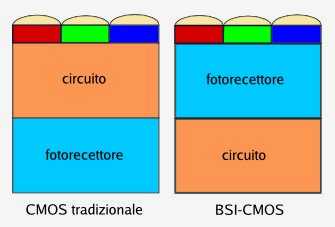
This allows the sensor to have a ISO sensitivity 125 as a base and to be comparable to X-T4 as noise albeit with much more resolution. It is not a stacked sensor for which the reading speed is in any case lower than in the past and therefore we have a burst of “only” 15 Fps which are still a record compared to competitors of equal resolution without looking at solutions with more than triple costs. Another novelty of this body is definitely the Pixel Shift.

Pixel Shift operating principle, in this case on 100 MPX FujiFilm GFX cameras
On paper, the basic idea is that of the photo above: thanks to the movement of the stabilizer, the camera takes 20 shots slightly offset from each other to have a 160Mpx image. To combine photos you need to go through proprietary software FUJIFILM Pixel Shift Combiner on PC. Obviously for this shooting mode you need a tripod, and not a light one .. on the contrary! Another important requirement is that the subject is not moving. On paper the result should be sensational, the reality on this X-T5 is a little different. Getting a perfect shot is very complicated as the software, in our opinion, is very sensitive to the slightest imperfection. The risk of camera shake is really around the corner. Therefore, barring the occurrence of all ideal conditions, pixel shift is not something easy to manage. Provided you have an adequate set, however, it can be an added value in genres such as still life.
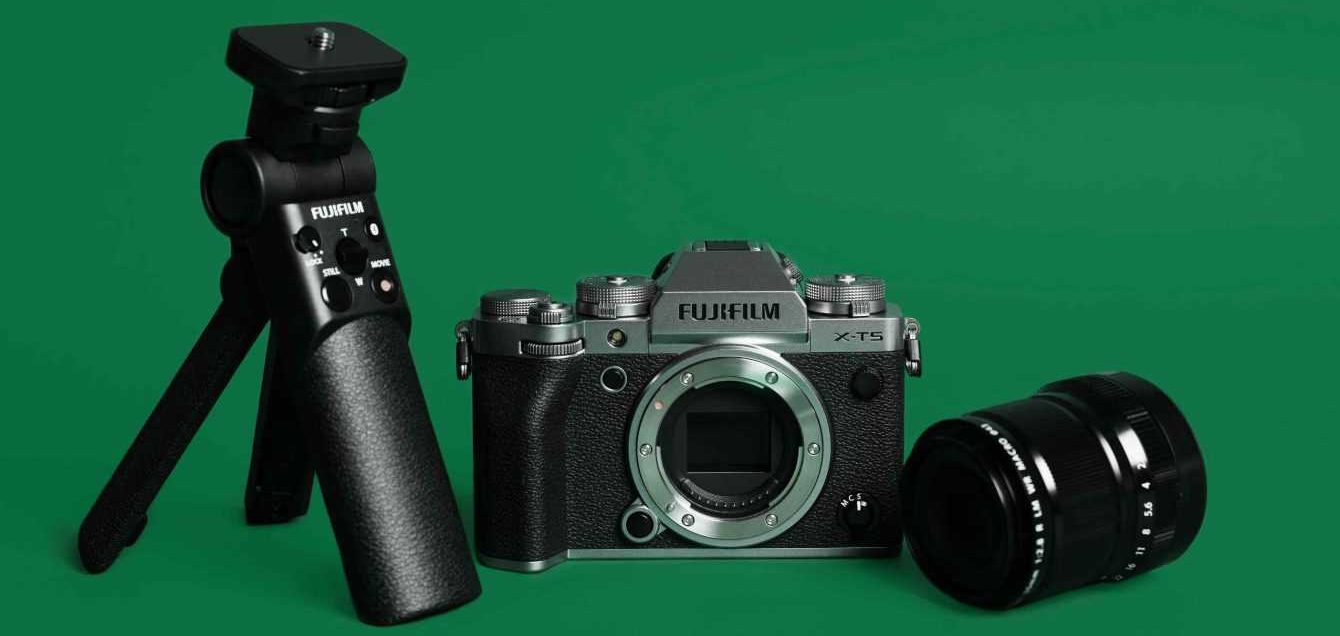
In order to allow you to better evaluate the sensor’s performance in the field, we leave the raws of the shots that we will publish in this review available at this link. After having studied the machine for a few days and having become familiar with all its functions, we organized our test outings in order to cover those genres that we had not had the opportunity to test during the presentations, focusing where, in our opinion, they could potentially find the worst conditions for this body. We tried our hand at some sports shots, on the landscape, the street and reportage with some travel shots even at high ISO. Before going into the details of the individual genres, we want to dwell on how we post-produced the shots.
Development with Capture One
For RAW development we used the latest version of Capture One available at the time of writing the review, the 23. We have not carried out an excessively heavy post-production, we have limited ourselves to a very basic use of the potential of Capture One to provide results that can be easily replicated by anyone. With a more careful development of the RAW it will be possible to obtain better results. Precisely for this reason we leave the RAWs of the photos available to you so that each of you can get an idea of the workability of the same. Regarding the development platform, we used the following hardware:
- CPU: AMD 2950X
- RAM: 64gb DDR4
- Motherboard: MSI X399 MEG Creator
- Video card: GTX 1080
- Monitor: Asus Pro Art PA248Q (2 monitor)
- Calibratore monitor: X-rite i1 Display Pro
We point out that Capture One 23 works perfectly in RAW Fujifilm. The RAFs are always workable, and thanks to the new…







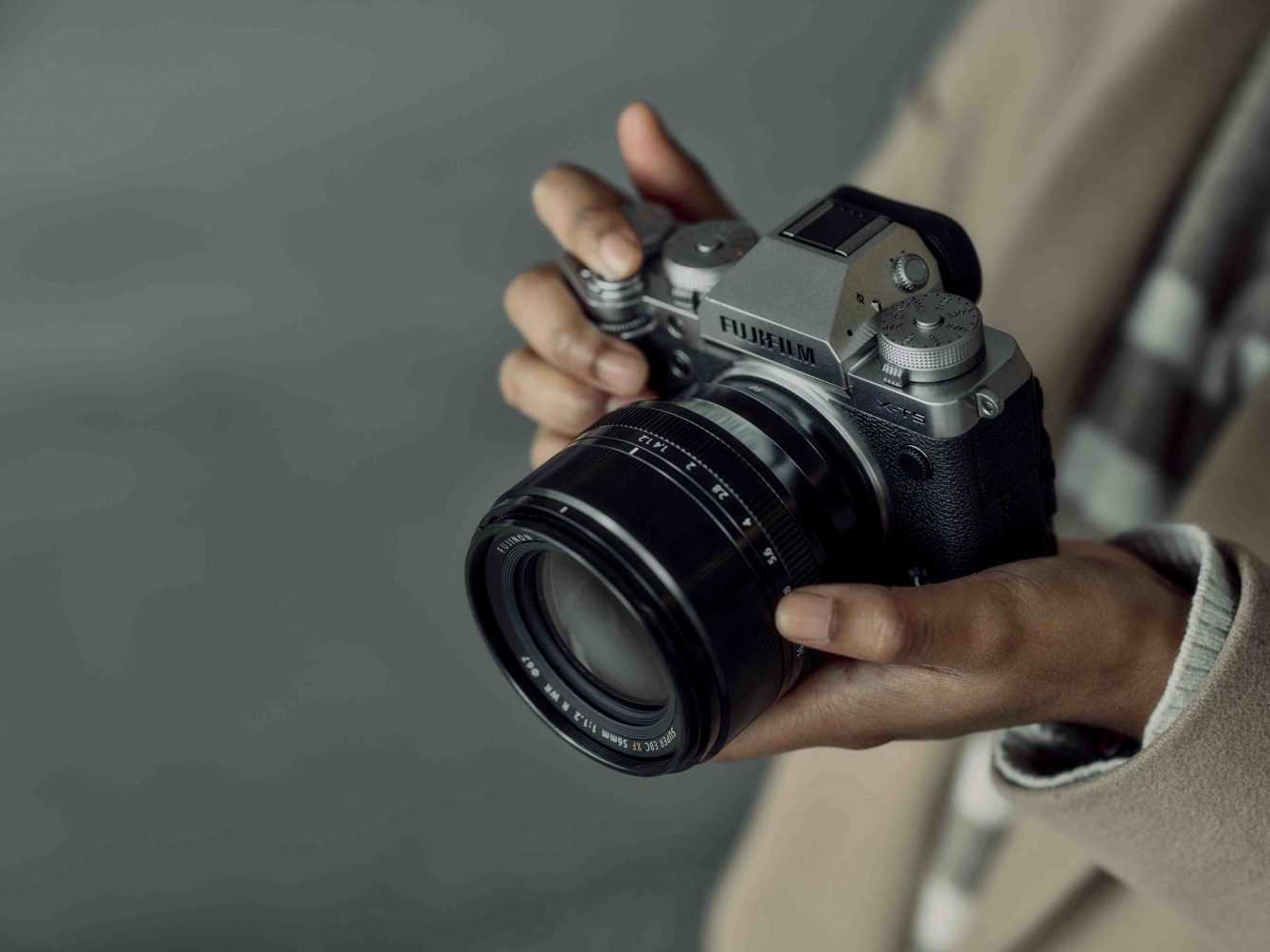







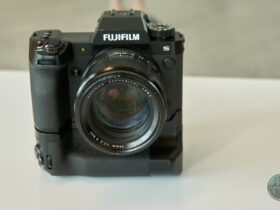
Leave a Reply
View Comments